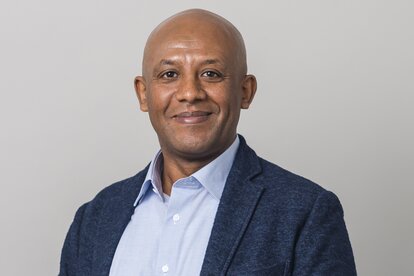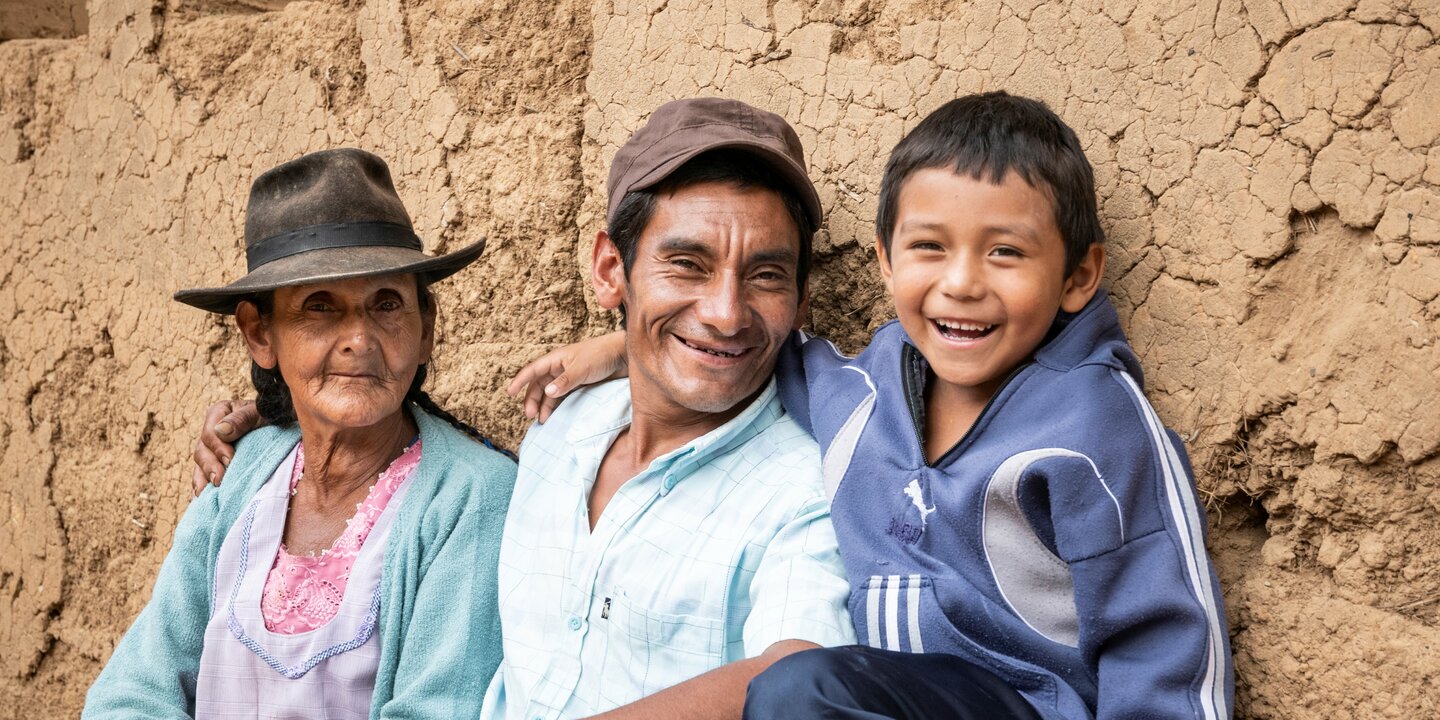M&E specialists quickly dive into discussions on best methodologies and indicators, without fully clarifying intended users of evaluations and the practical use of expected findings. This was no different at the workshop of the German Institute for Development Evaluation (Deval) on “Evaluation of difficult-to-measure effects” in Bonn (6th and 7th of October). The discussions in that workshop brought into mind the novel on “Measuring the World” about the lives of mathematician Carl Friedrich Gauss and geographer Alexander von Humboldt and their common obsession.
This blog post tries to show that M&E in development projects is not about ‘everything that happens in the project and the related context’, but that it has specific functions (steering, learning and accountability) that should not be covered up by methodological enthusiasm, technical feasibility or thematic curiosity.
What to measure, not how
The Deval workshop mentioned above emphasised the difficulty of measuring the effects of project interventions. This was not because of missing or too complicated methods and tools (how), but because of the lack of definition on what to measure. What are the observable and measurable elements of behavioural change, capacity development, empowerment, sustainability?
The discussions in the event highlighted the need for “context-specific” factors and indicators. This means in every region and for every themes, the measurable parts of “sustainability” or “behaviour change” will differ, and that there is no one-fits-all solution. Impact and outcome indicators that can convincingly show the achieved results and changes by a project’s intervention will have to be defined and selected locally. Therefore, development practitioners and partner organisations need to have the necessary conditions (budget, time, and skills) to set-up and manage a ‘tailor-made’ M&E system.
Measuring what is relevant to the key stakeholders
Measuring elements relevant to the local stakeholder (e.g. trust-worthiness or self-esteem) with easy-to-access-and-manage methods is crucial for creating ownership. This by itself contributes to two main things: a) achieving a development goal that projects strive for and b) fostering evidence-based decision-making at community and household levels. Thus, projects need to bring in the population and institutions that they work with and for in order to design useful M&E-systems.
M&E and learning
Indeed, gathering, analysing and interpreting data and information is a ‘learning’ process; it produces evidence for decision-making and thus is a tool for steering and empowerment. M&E in ‘learning organisations’, which are people-centred and committed to result-orientation, has the following specific features:
Participatory: Owners of the M&E should be, as much as possible, the partners and involved stakeholders. Development agencies, such as HELVETAS, need to prioritise facilitation and support of the process of data gathering and analysis instead of just doing it by themselves or engage a consultant.
Geared towards capacity development: Project staff and partners will need to understand M&E and reporting as the core activity for quality assurance and decision-making. This, in turn, requires continuous adaptation and improving methods and tools, training and strengthening partner organisations for functioning M&E.
Right-sized: M&E should include only essential, meaningful and actually measurable indicators; it needs to focus on the utilisation of results. Development agencies have upward accountability to donors and downward accountability to primary stakeholders; they need to use their resources responsibly and efficiently, optimising the resources (time and costs) put into M&E.
Reflective: Project teams and partner organisations, by relating achieved results to the project’s impact hypothesis and results chains, should verify or disprove the underlying assumptions and continuously interpret critically the immediate output of M&E – the figures and trends.
Relevant for knowledge sharing: Knowledge from M&E has to be shared regularly in the teams, with the partners, and with other teams. High quality reporting is a key feature of Project Cycle Management (PCM), and information needs to be transformed and actively ‘brokered’ towards the interested users and local, national, and international decision-makers.
Key takeaways
- Although M&E is much about accountability and strategic steering, its particular value is a powerful tool for learning.
- If development organisations want to contribute to strengthen partners and empower primary stakeholders while at the same time learning from them, they should invest in making M&E accessible and manageable.
- M&E is not about ‘Measuring the World’; it is about participation, team building, critical reflection, capacity development, empowerment, and learning.







